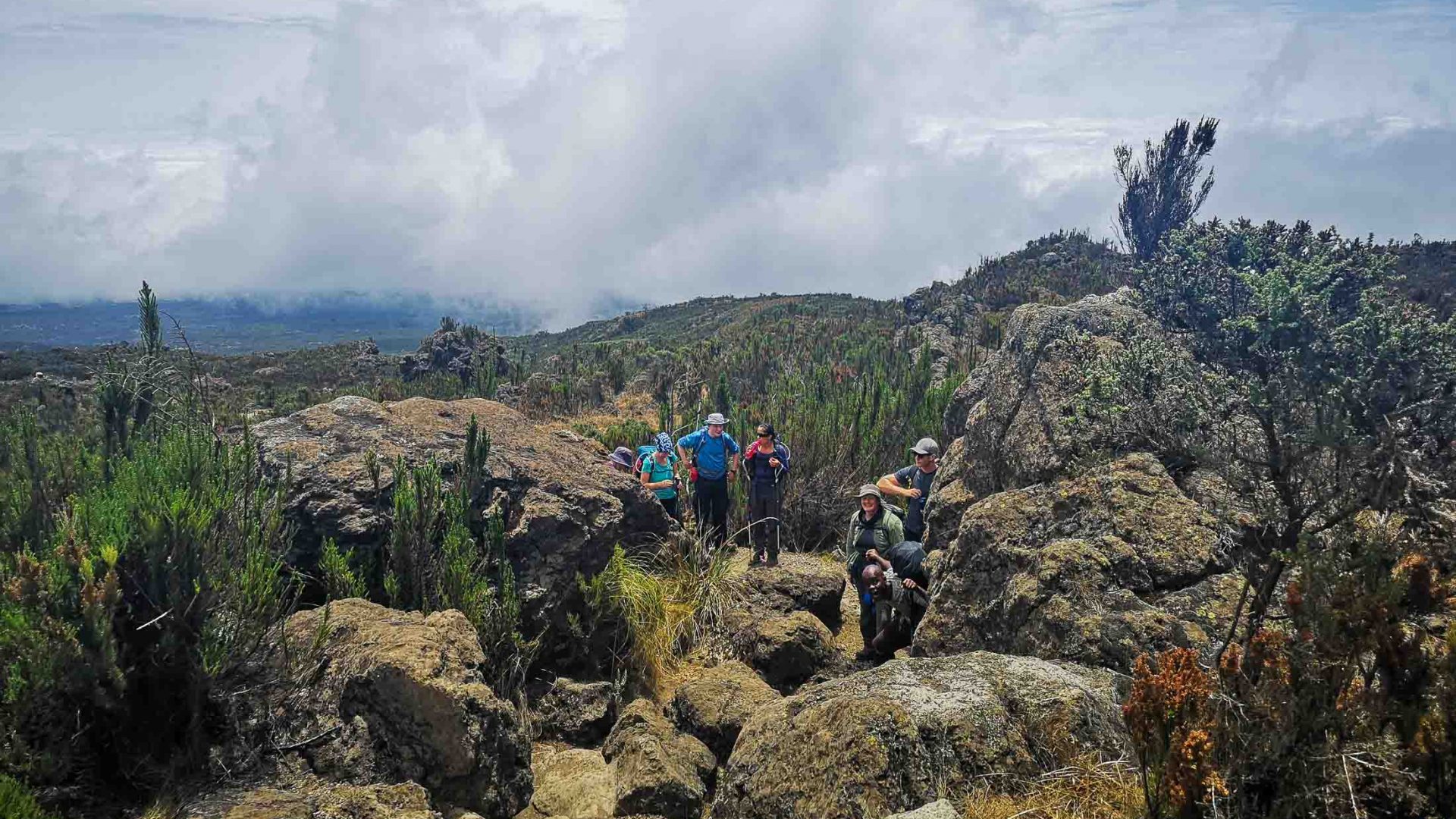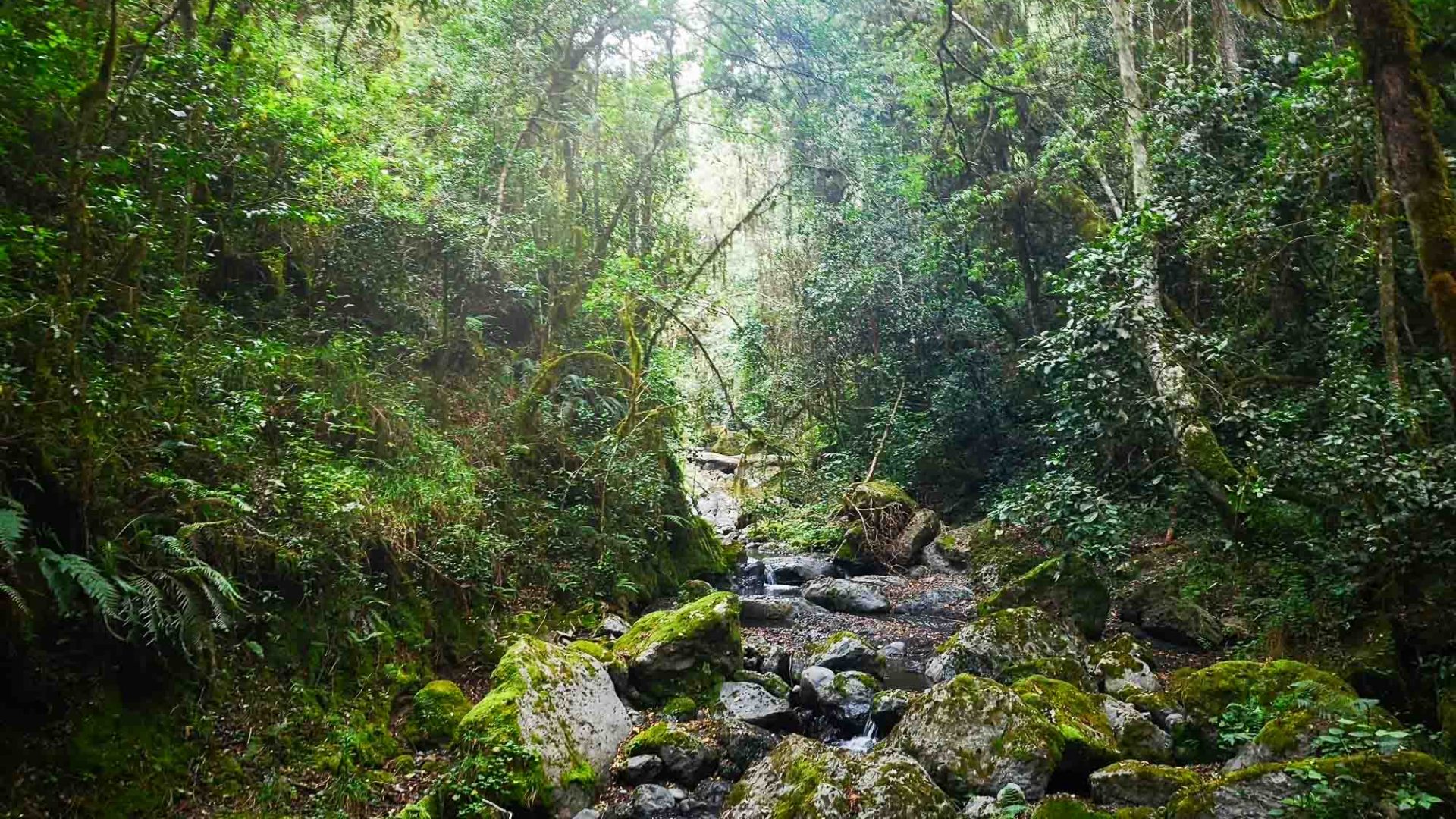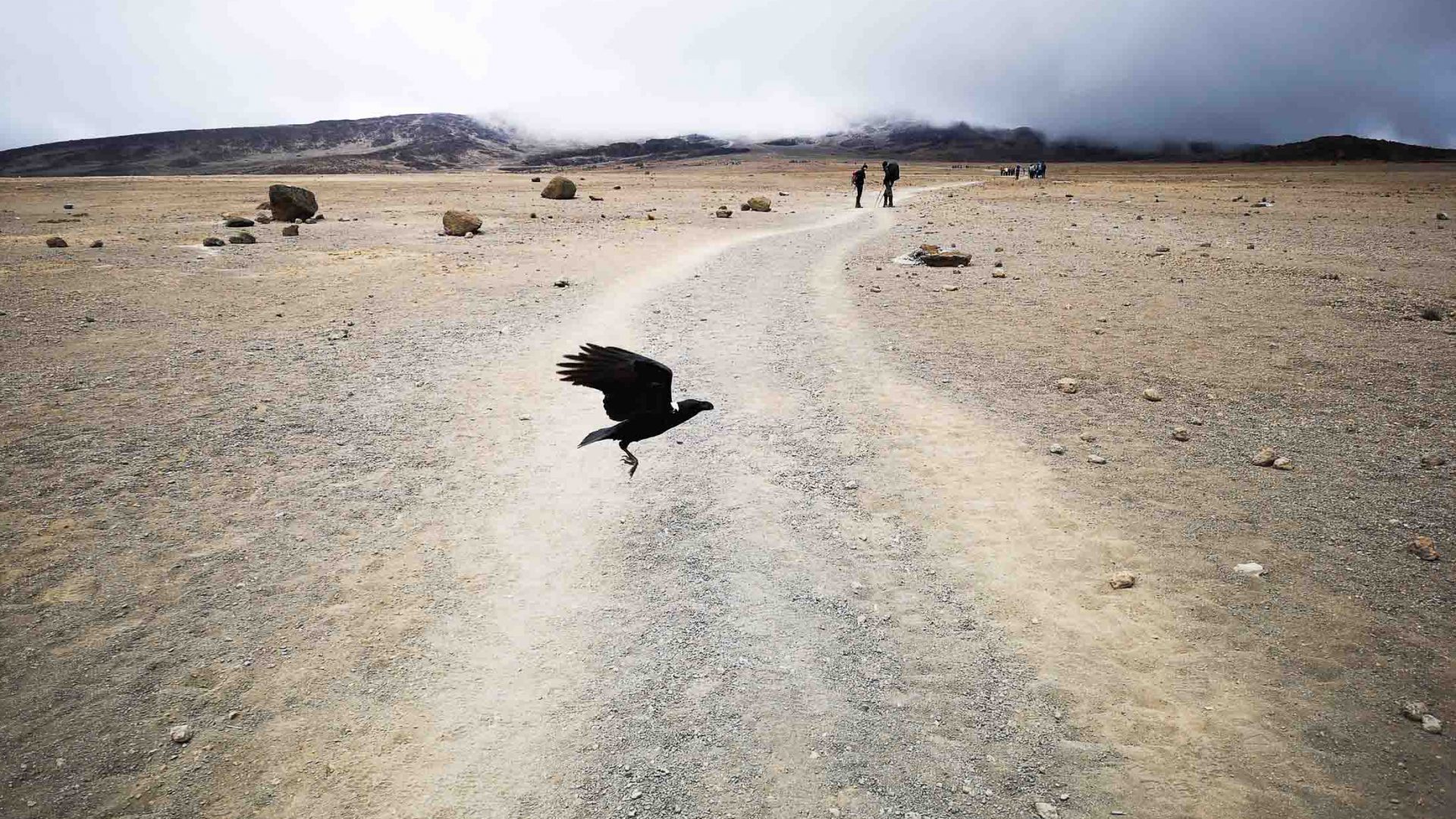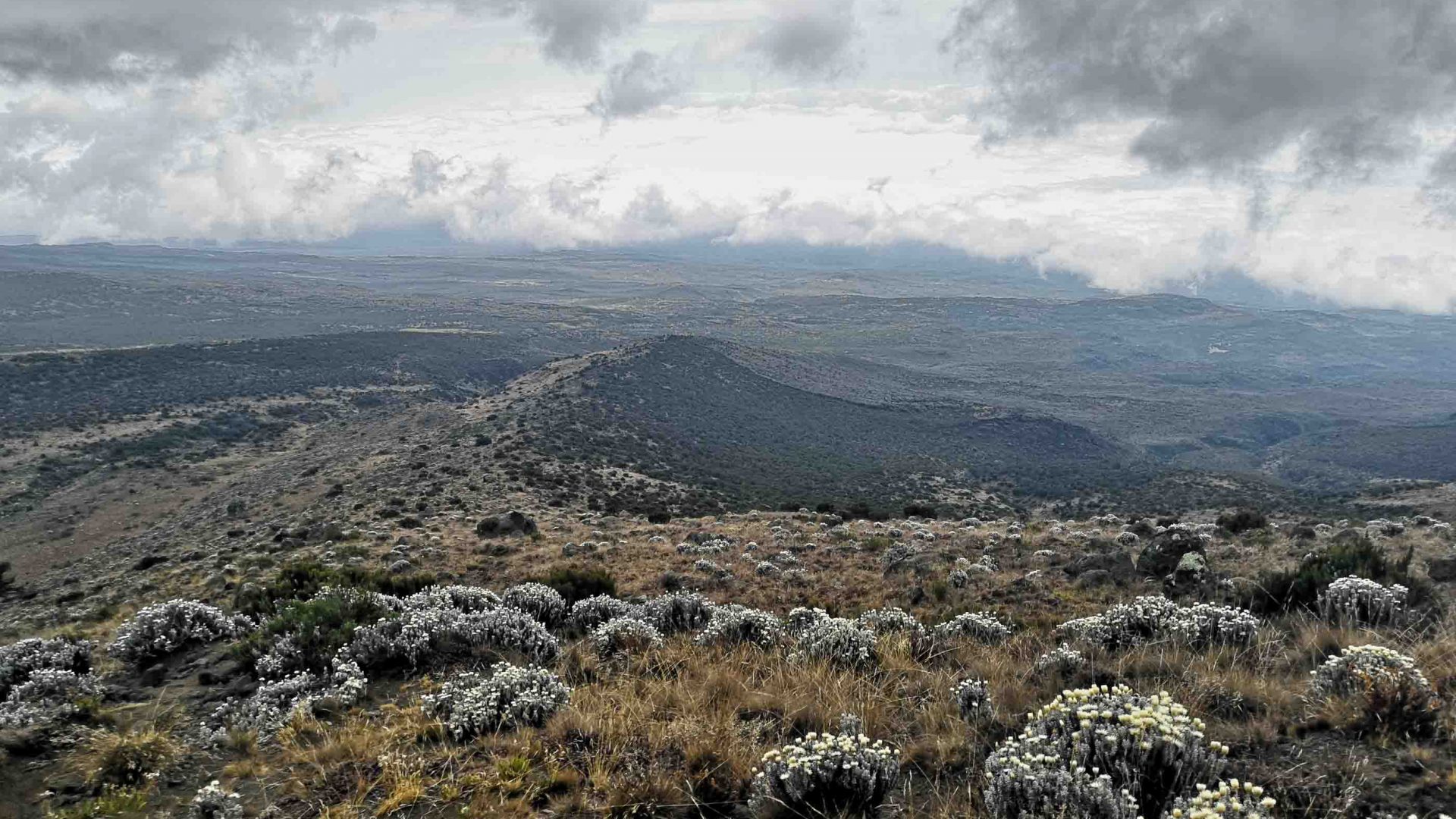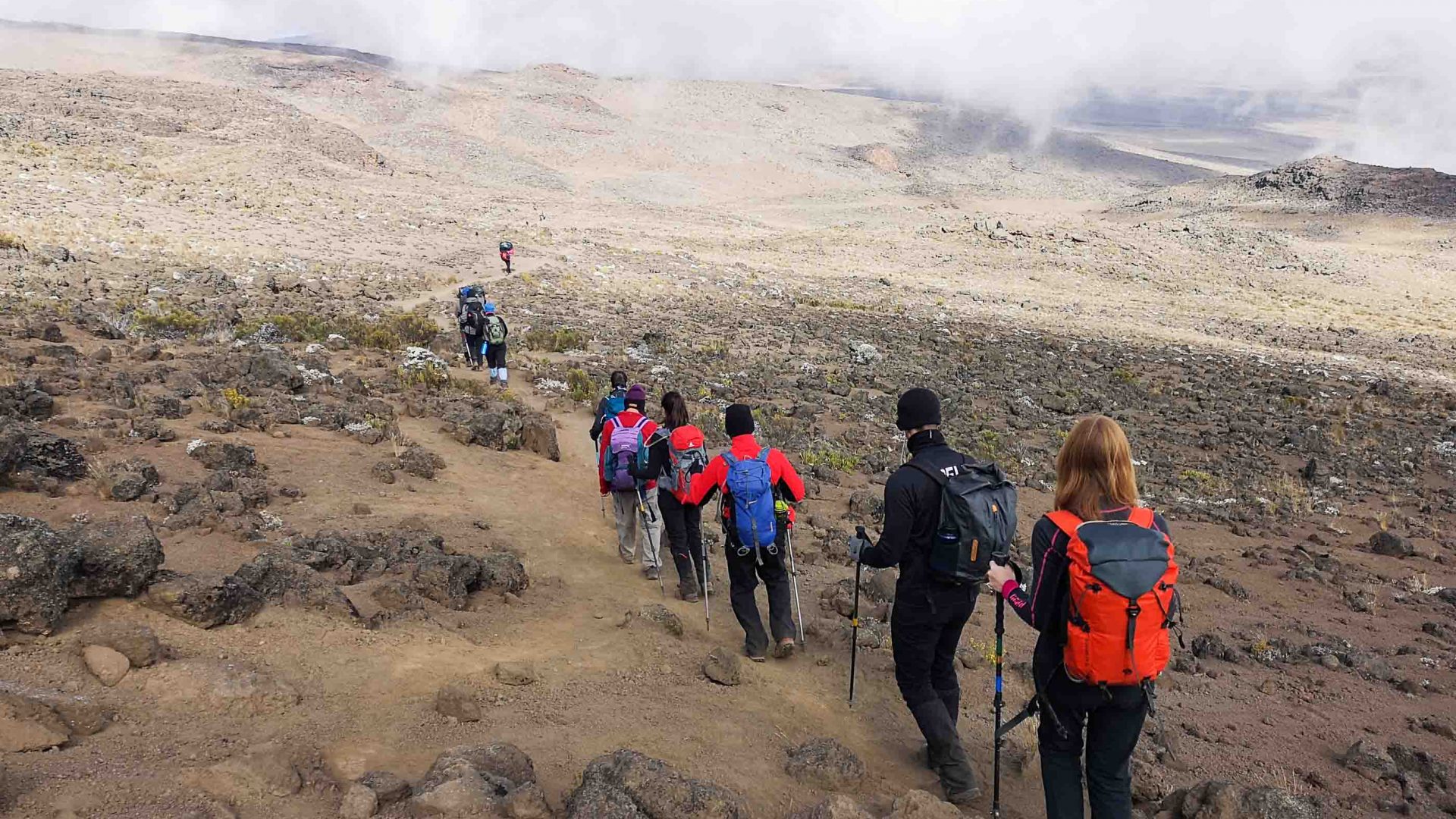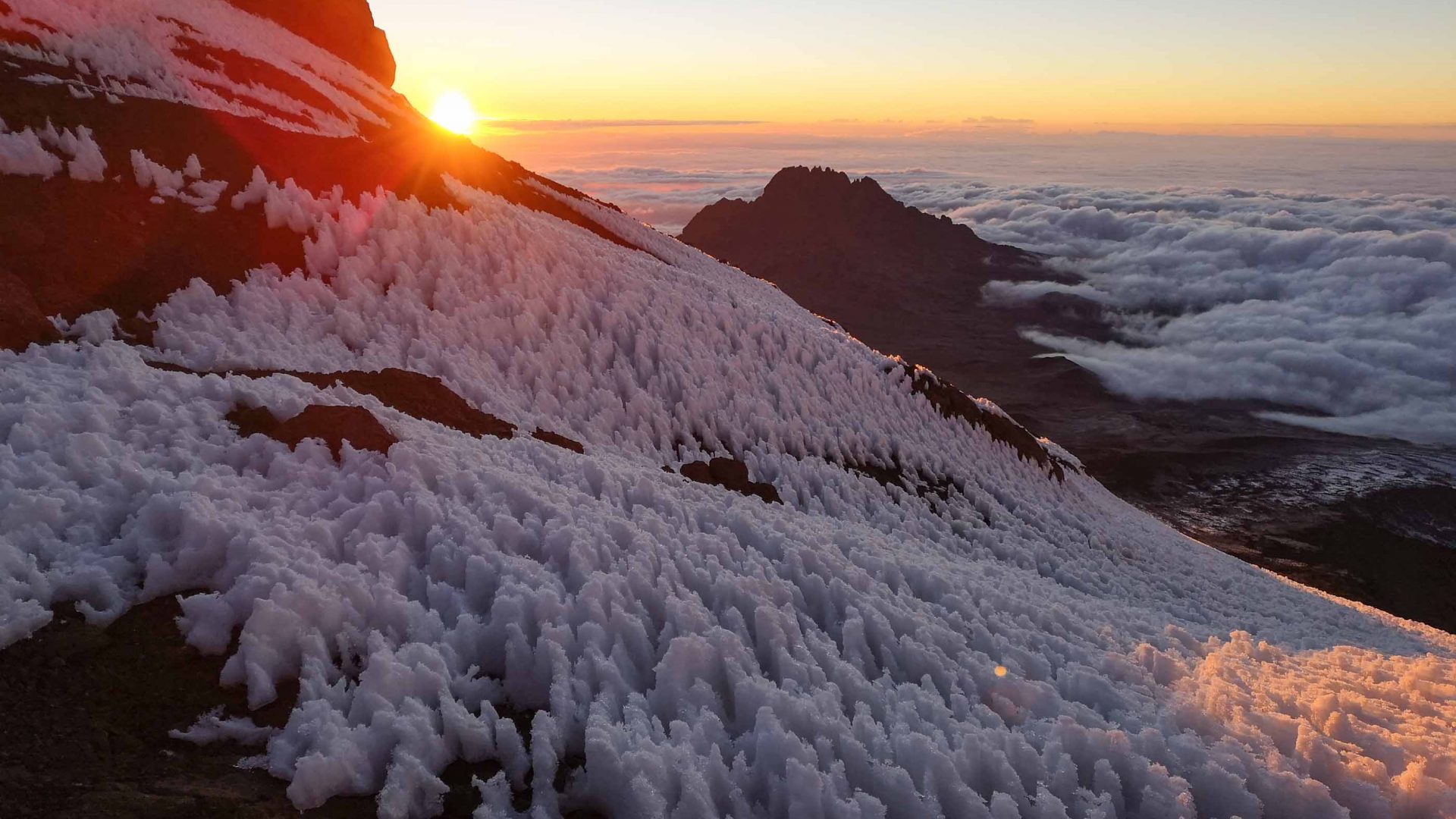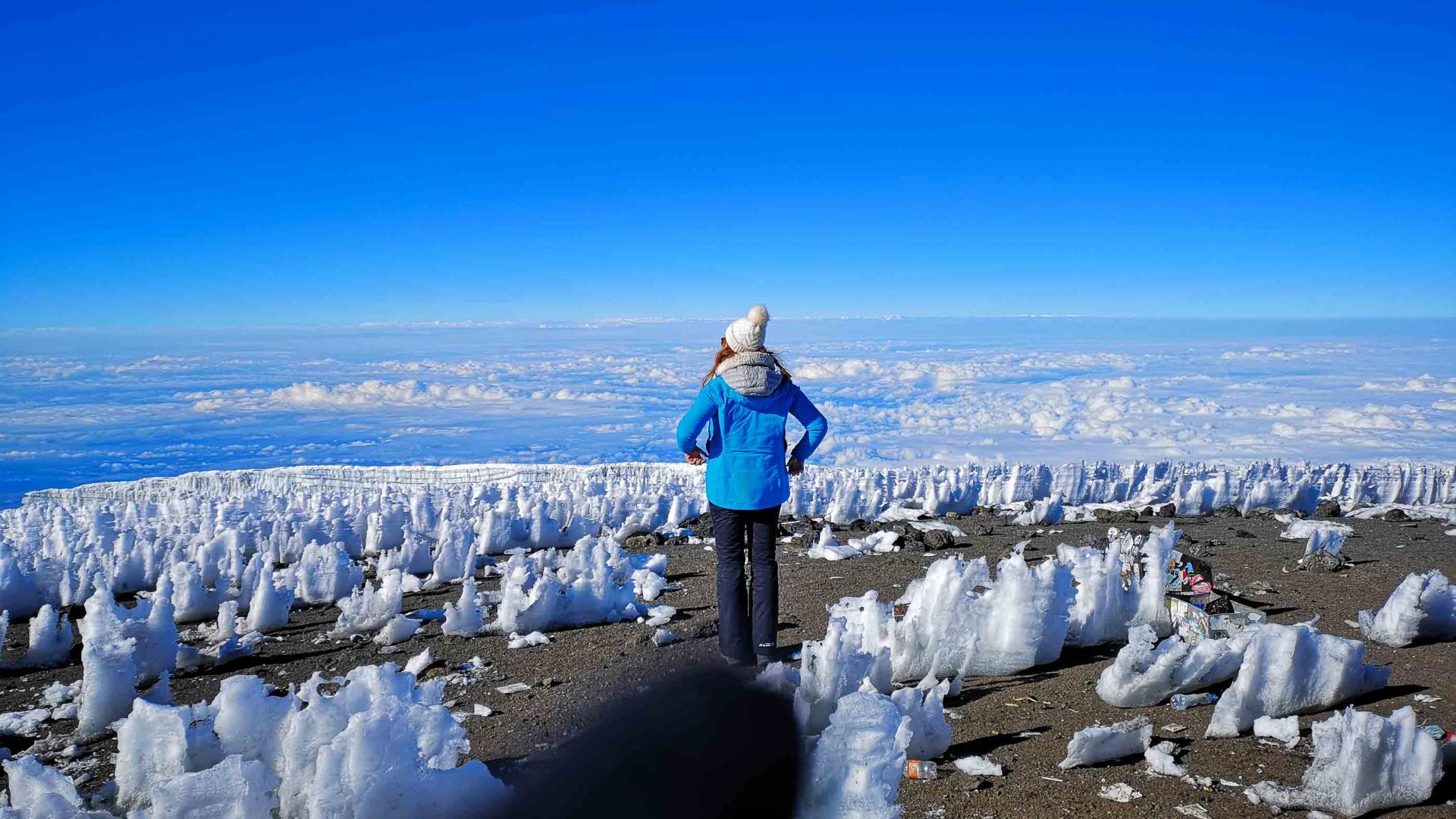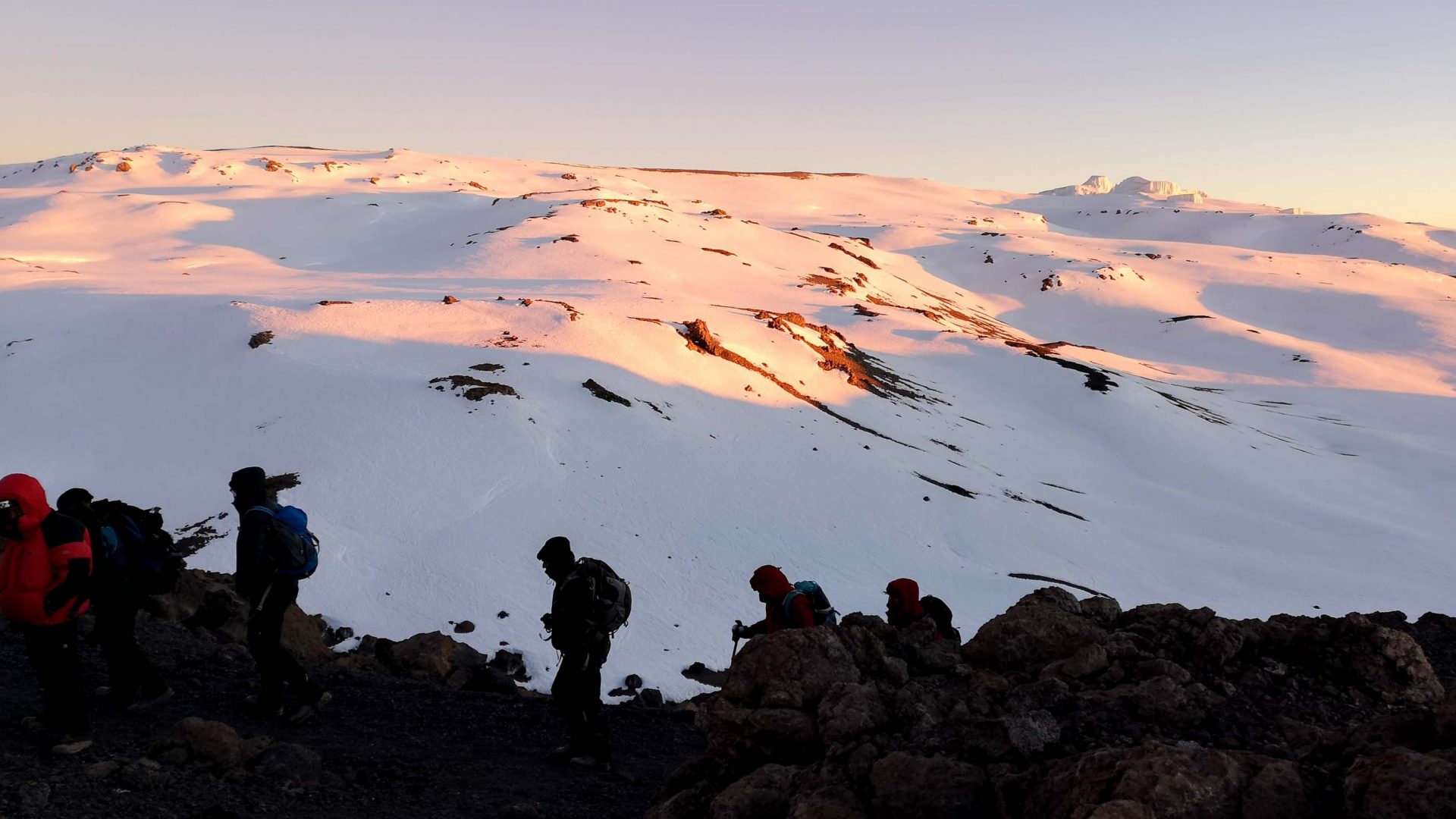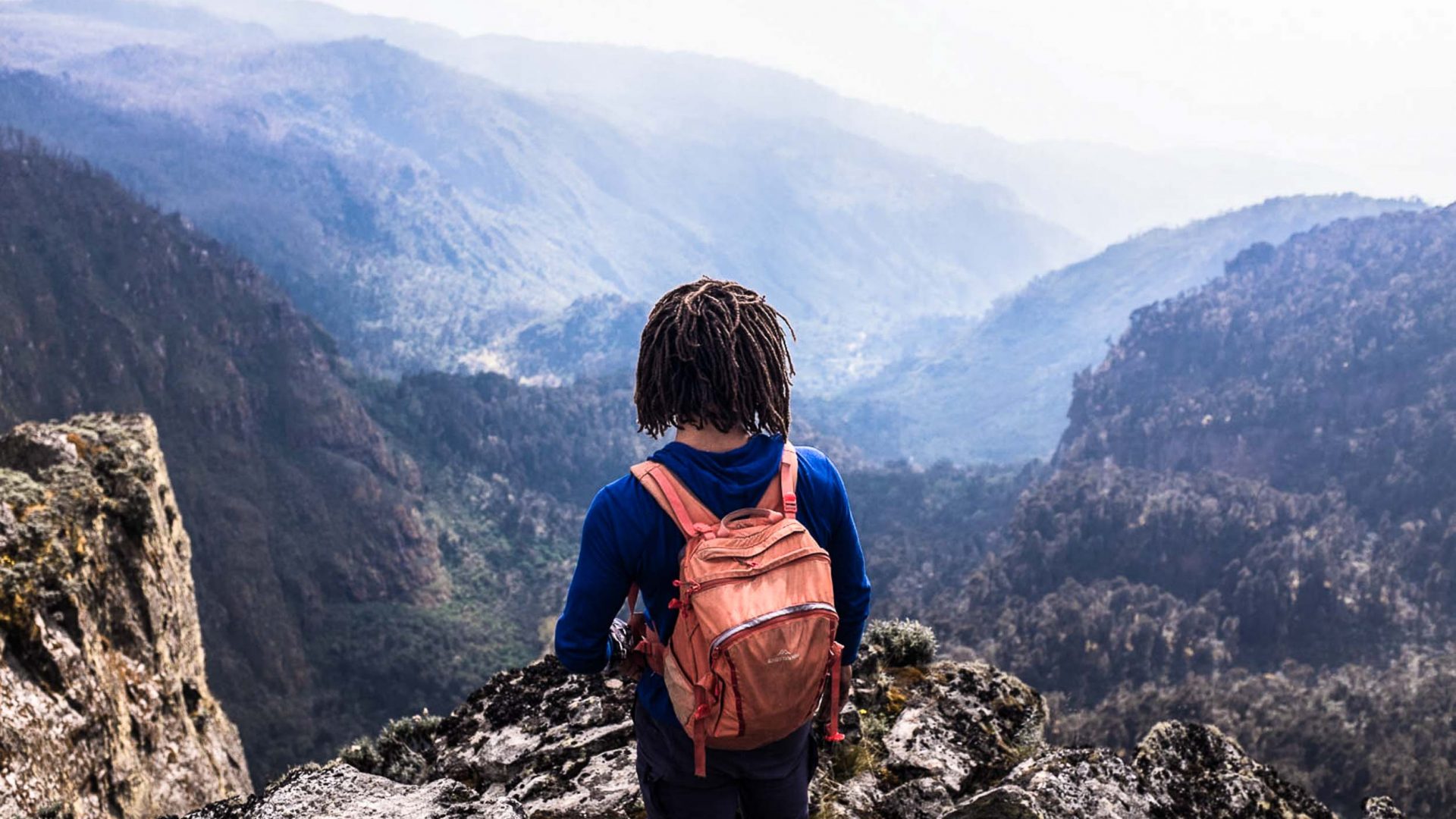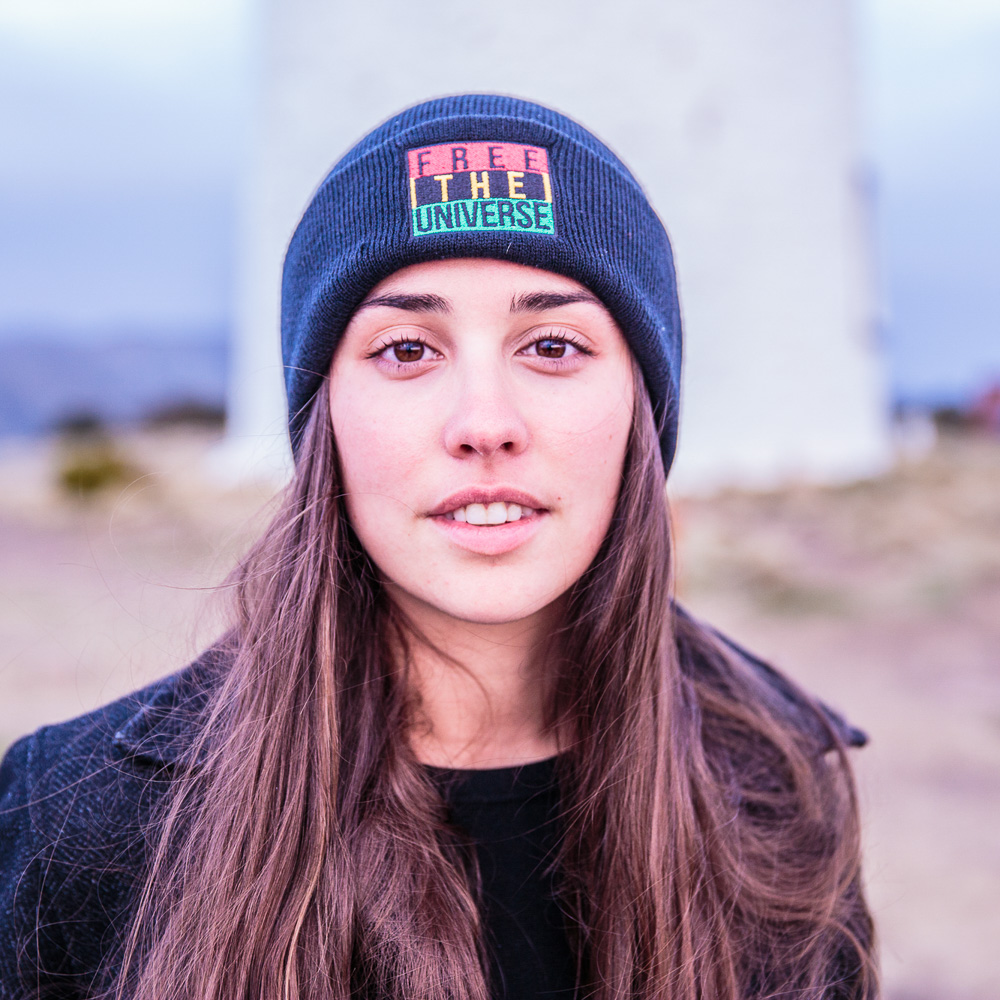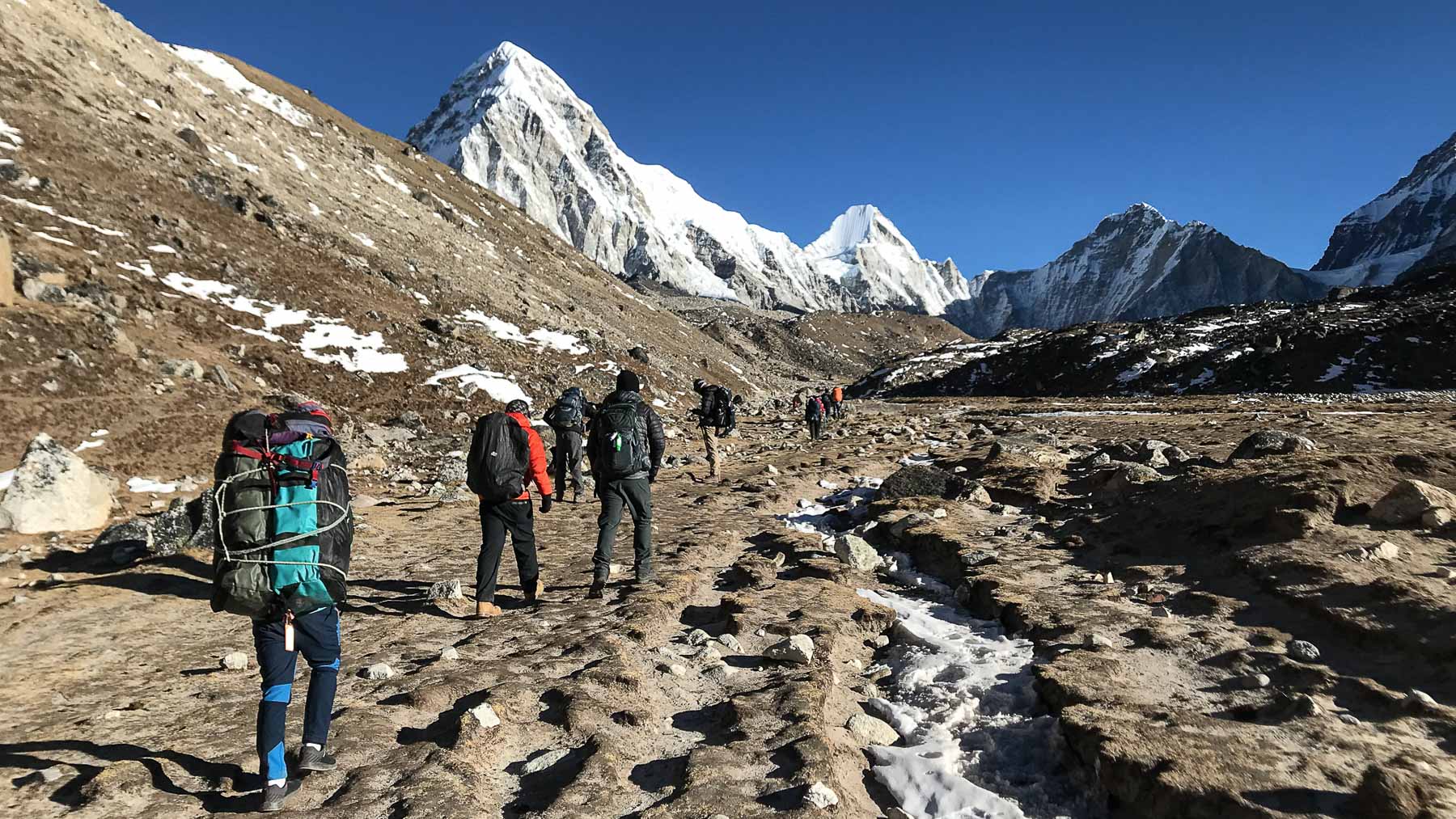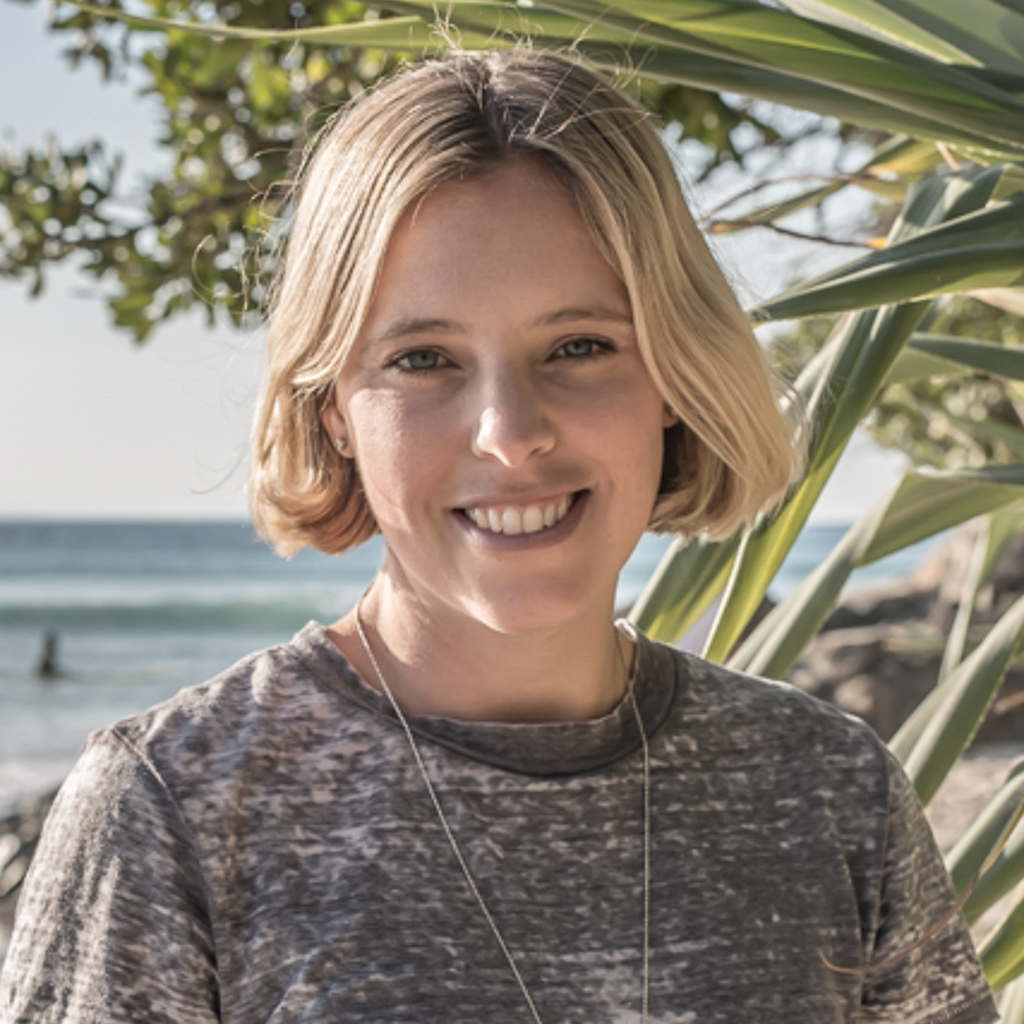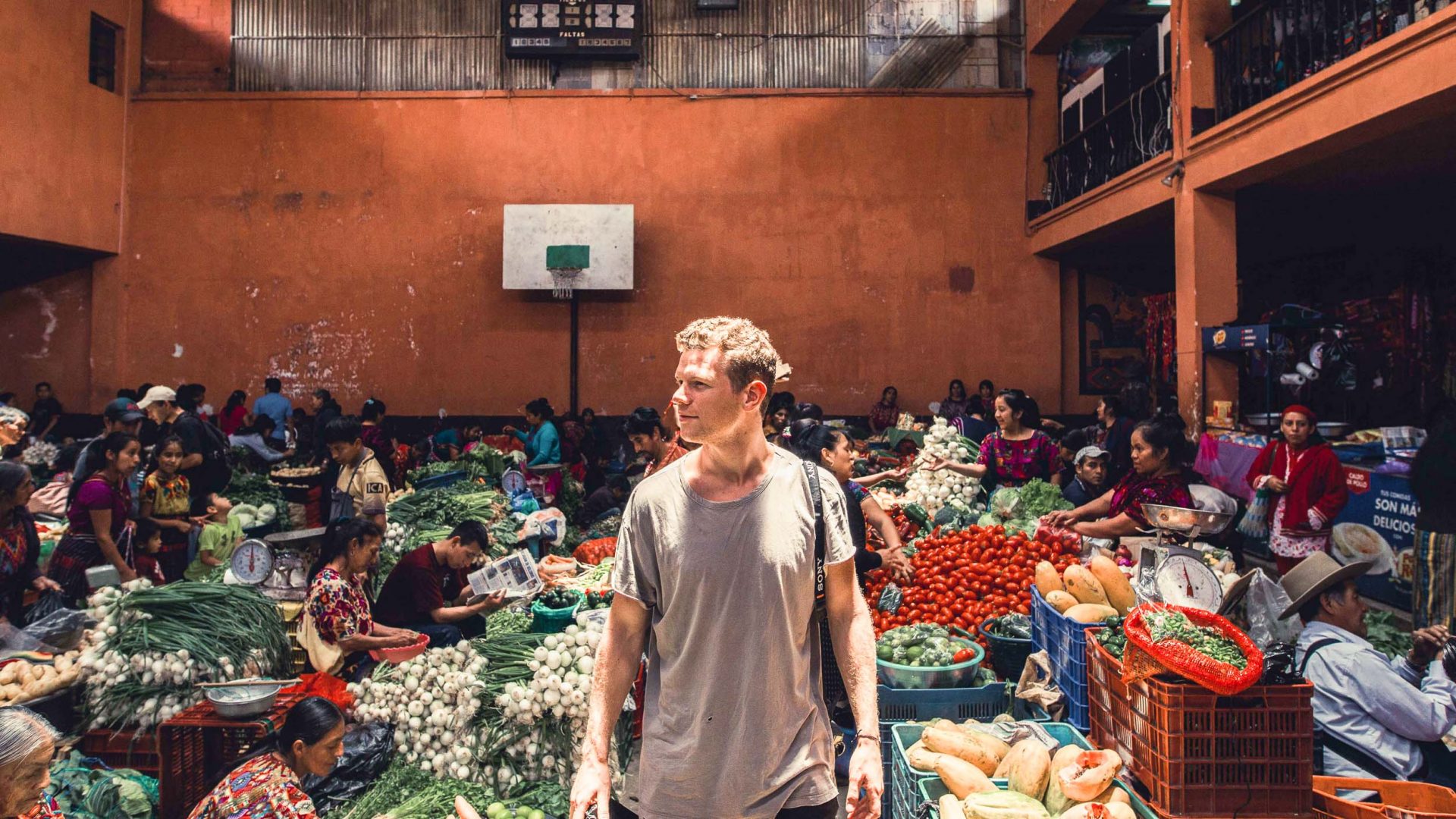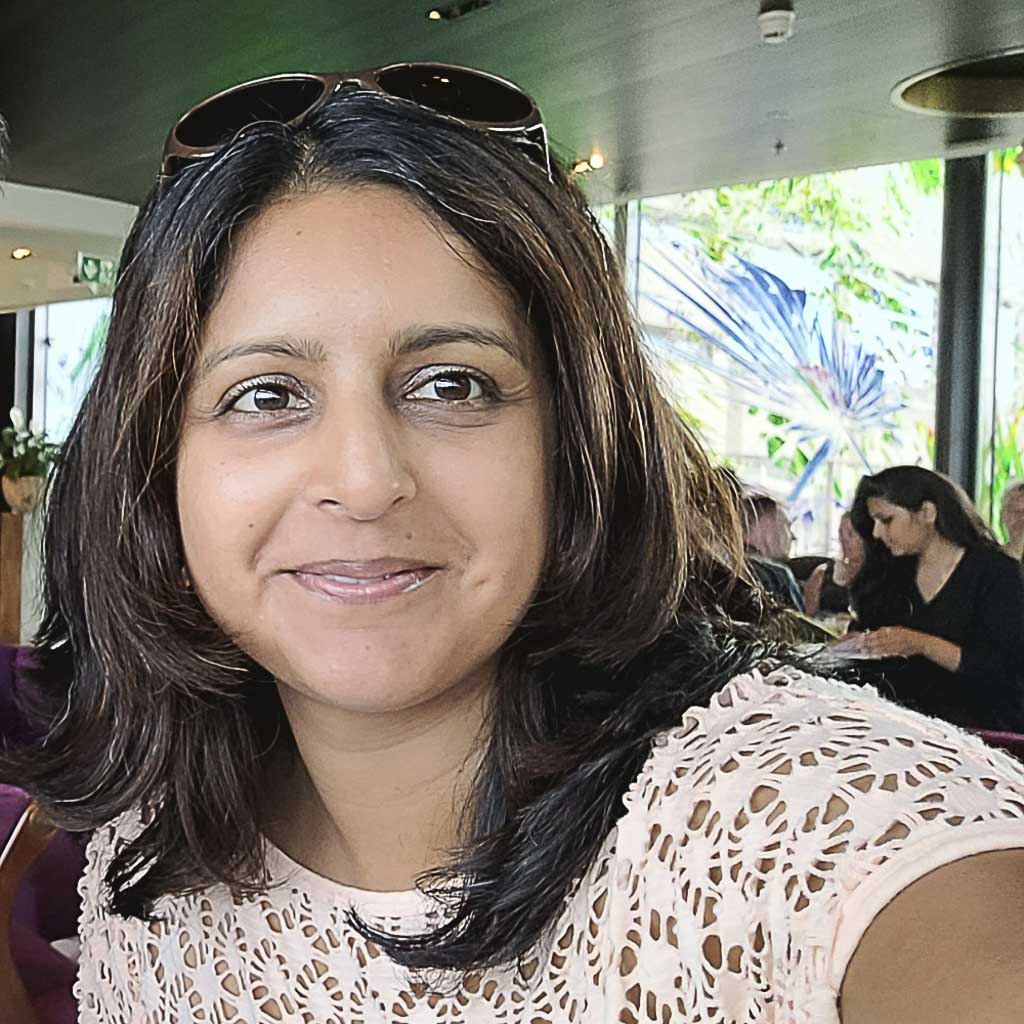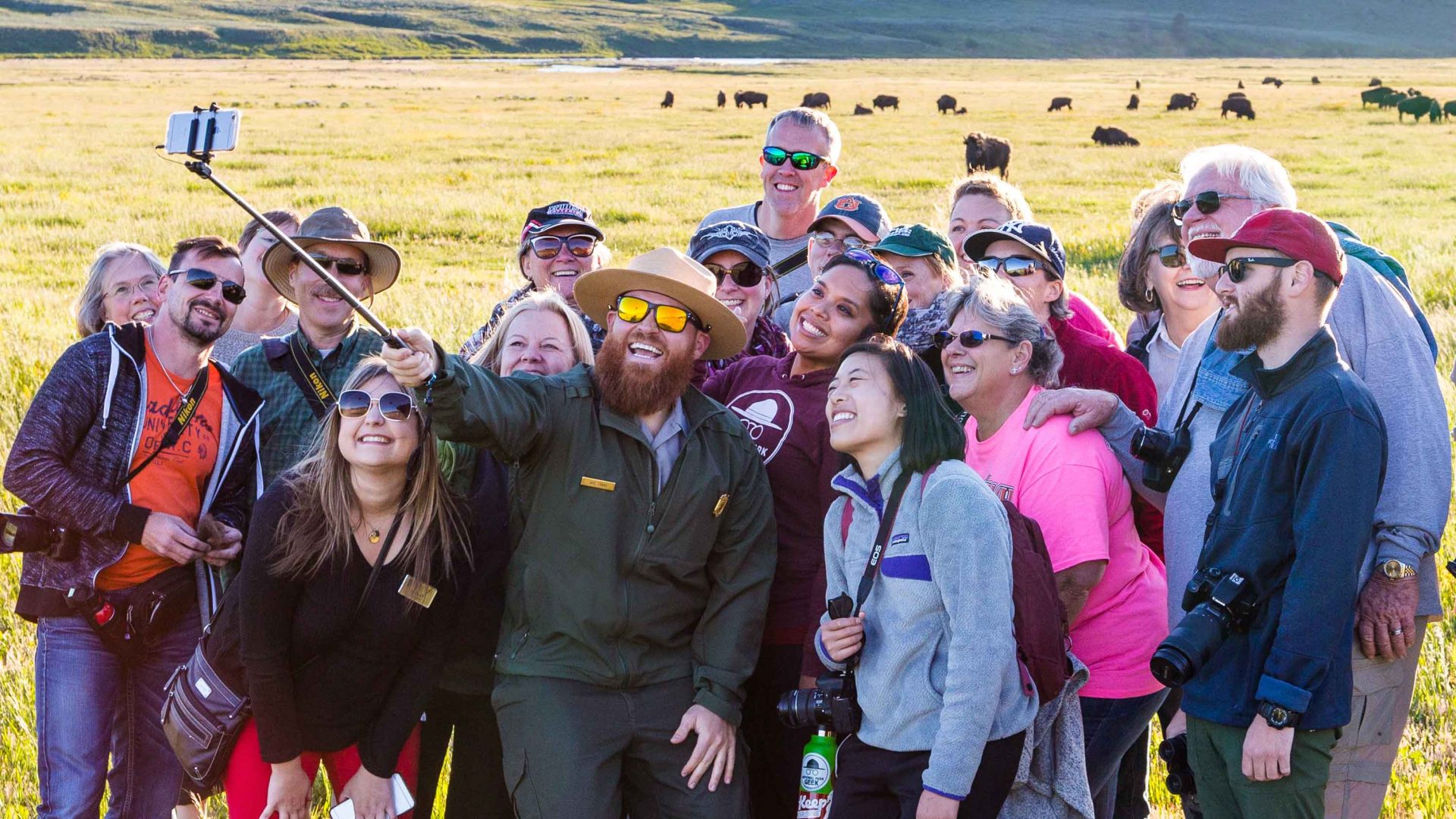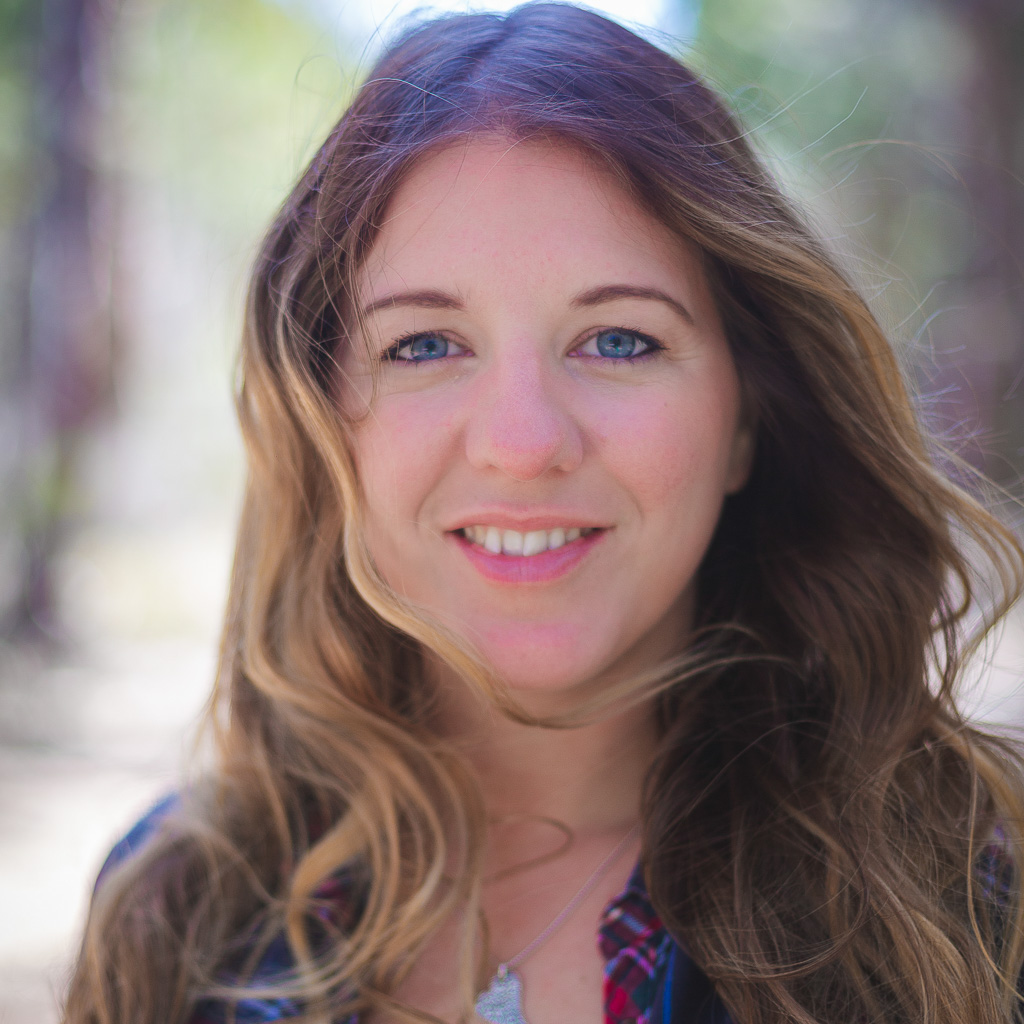I didn’t have to wait long to find out. The following day, we set off for Nale Moru, the park’s northern entrance. We spotted a couple of other groups, but otherwise it was deserted.
The litter-dotted trails I’d pictured were nowhere to be seen, and as we made the gentle, three-hour hike up through the dense, rocky forest, we didn’t encounter anyone else bar the occasional porter dashing past, greeting us with a gleeful “jambo”.
The next four days were similarly peaceful. Some campsites felt busier than others, most notably at Mawenzi Tarn, a scenic spot set around Kilimanjaro’s only permanent lake. But as we traversed the changing landscapes, turning from emerald forest to thick, bushy heather; then grey, volcanic rocks to the arid ‘lunar desert’, we had the vast, cloud-clapped stretches almost entirely to our-selves.
RELATED: Silence is an endangered species: How the pandemic has helped our quiet places
It wasn’t until day four, when we arrived at Kibo Huts (the base camp for summiting for both Marangu and Rongai hikers) that that changed. Suddenly there were wooden huts and bunk beds, hordes of climbers and clusters of tents; a mini civilisation in the middle of nowhere that felt at odds with what I’d seen for the previous few days.
Setting off that night to make the long ascent to the peak made me realise how much of a contrast those days had been. Now I was an ant in a long, zig-zag trail of hikers; a single head torch in a line of hundreds of others, twinkling away like a string of fairy lights leading the way ahead.
Not that I was really concentrating on the numbers. It was –15C, my fingers and toes had turned into blocks of ice, and I was struggling with the altitude. I wasn’t alone; hikers splintered off to the sides, hunched over and vomiting, while two from our group turned back, light-headed and energy-less.





